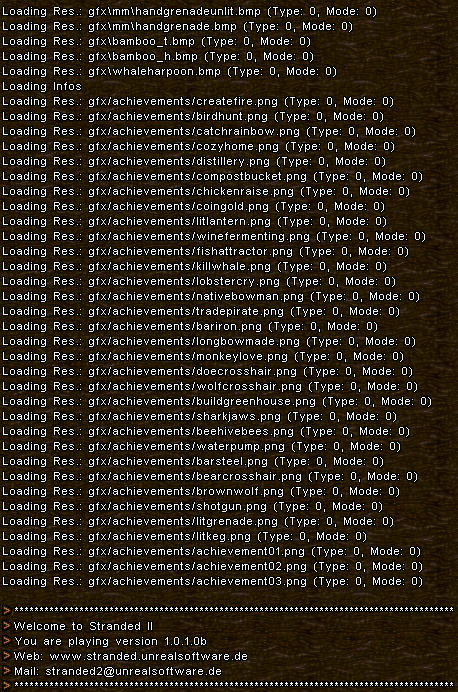Quote
Wool is a conductive material, which means it readily gives away its electrons. Consequently, when you rub a balloon on wool, this causes the electrons to move from the wool to the balloon's surface. The rubbed part of the balloon now has a negative charge. Objects made of rubber, such as the balloon, are electrical insulators, meaning that they resist electric charges flowing through them. This is why only part of the balloon may have a negative charge (where the wool rubbed it) and the rest may remain neutral.
When the balloon has been rubbed enough times to gain a sufficient negative charge, it will be attracted to the wall. Although the wall should normally have a neutral charge, the charges within it can rearrange so that a positively charged area attracts the negatively charged balloon. Because the wall is also an electrical insulator, the charge is not immediately discharged. However, because metal is an electrical conductor, when you rub the balloon against metal the extra electrons in the balloon quickly leave the balloon and move into the metal so the balloon is no longer attracted and does not adhere.

 TheSurvivalist:Christmas Update 12-24-19
TheSurvivalist:Christmas Update 12-24-19


 Offline
Offline





